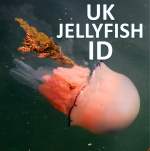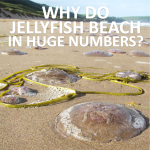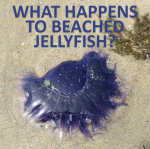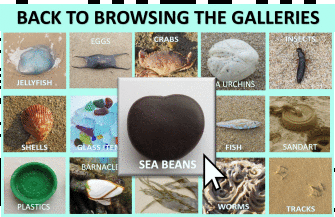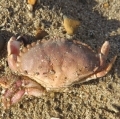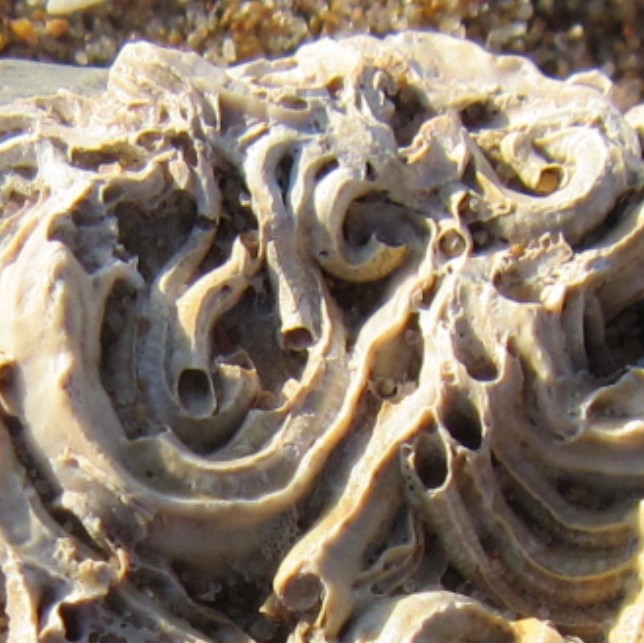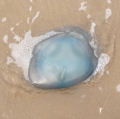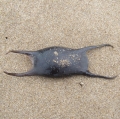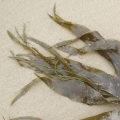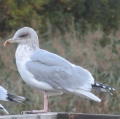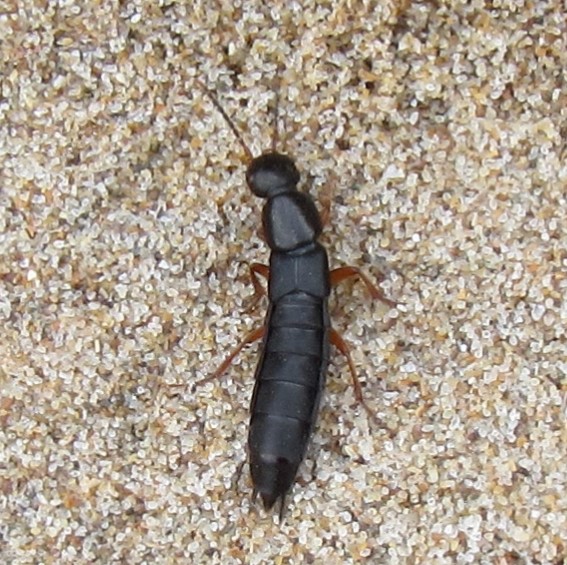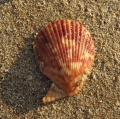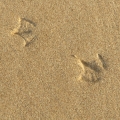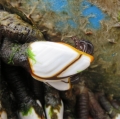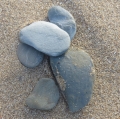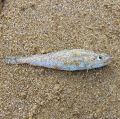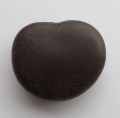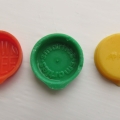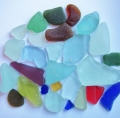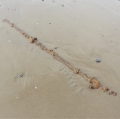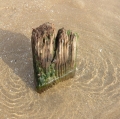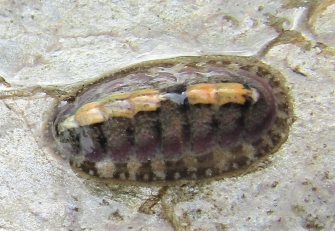

Chitons

Chitons are old! Their presence on Earth pre-ates the dinosaurs by millions of years.
Most that we see in UK rocpools are small, maybe upt only a few centimetres in length but they can be found much larger in tropical waters.
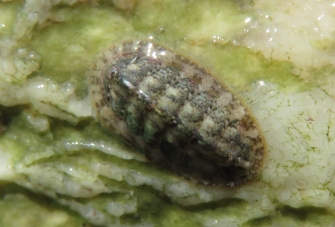
They are sea molluscs but differ from most because they do not have one single solid piece of shell but a shell made up of eight plates.
The eight plates are overlapping so that the chiton can move without its body being exposed. The separate plates give it the flexibility to be able to curl. Around the plates is a fleshy 'girdle'.
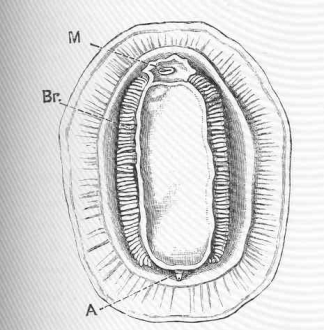
Underneath, the chiton looks very similar to a limpet with a mouth and a large foot for travelling with branchiae (gills) around.
The chiton has an anus at the far end (whereas the limpet's nus is nearer to its mouth end).
Source of image: Freshwater and Marine Image Bank
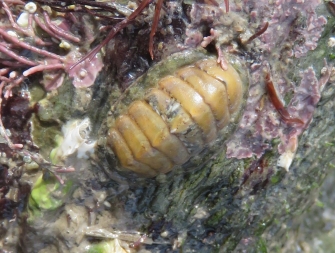
Chitons can appear in a variety of colours and are often blend into the rocks they are on. See the pink chiton on pink algae below.
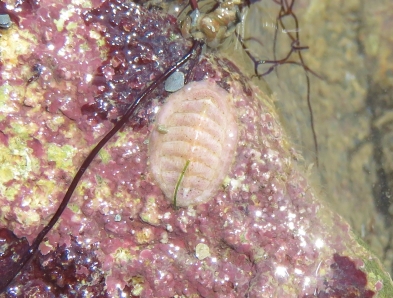
The fact that chitons move very very slowly also keeps them from being easily observed by predators.
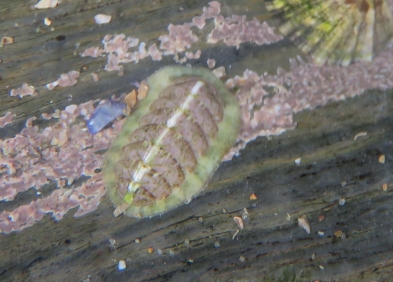
Tiny little sea snails.
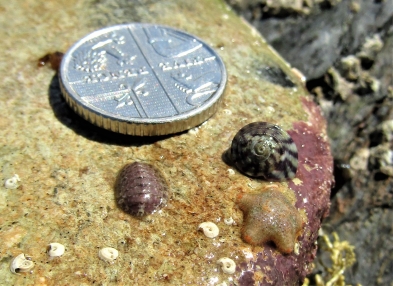
A tiny chiton dwarfed by a 5p coin. For more tinyness, see 5p Friday
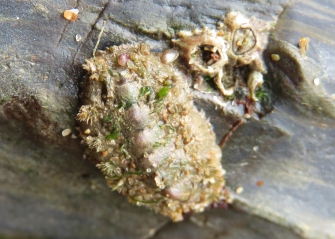
Fuzzy chitons have a hairy girdle.
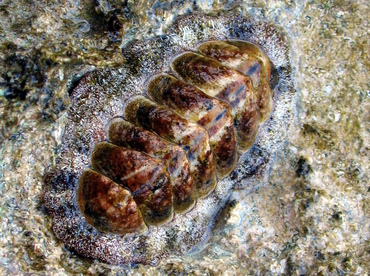
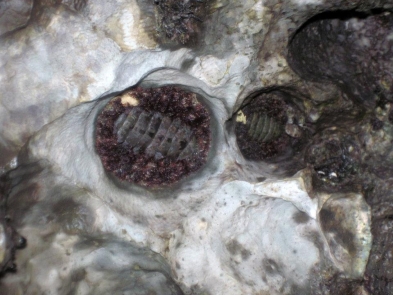
Ten shells on a 5p coin. Quite the achievement. I had to go for a lie down after this.
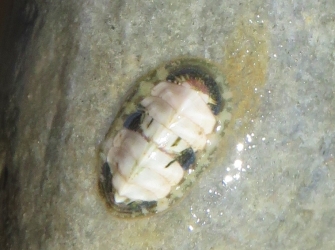
Any 5p photos you'd like to share?
We can add your photos and stories to this website.
Please email hello@beachstuff.uk


